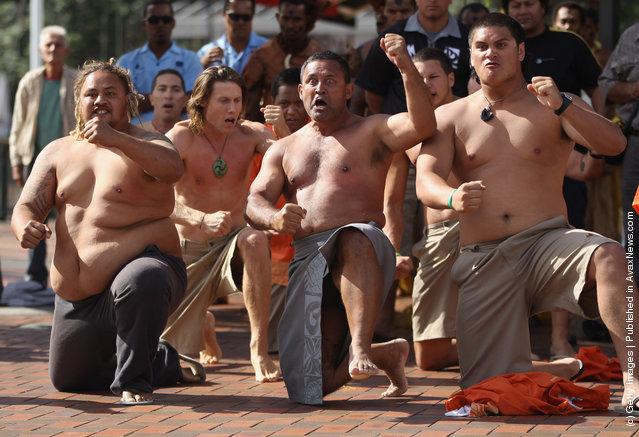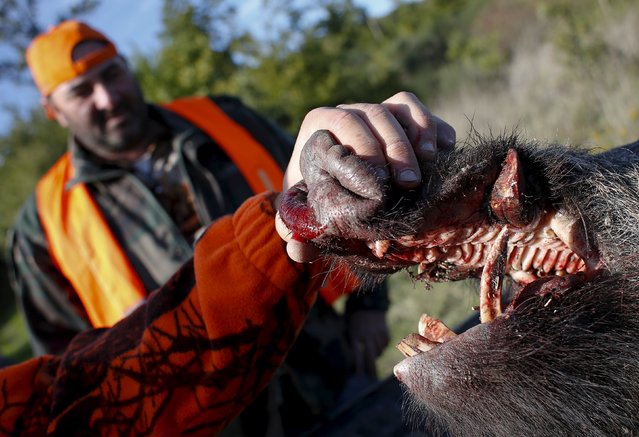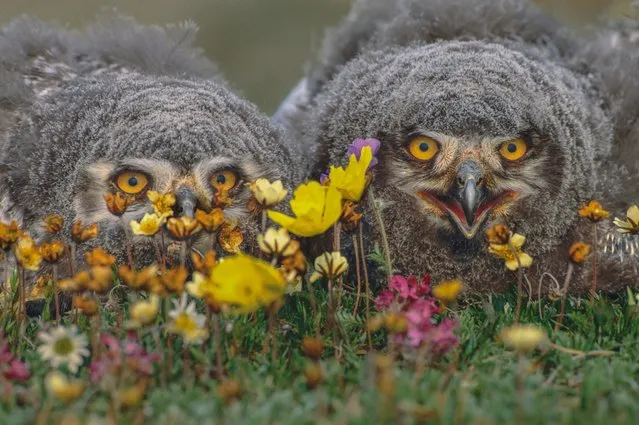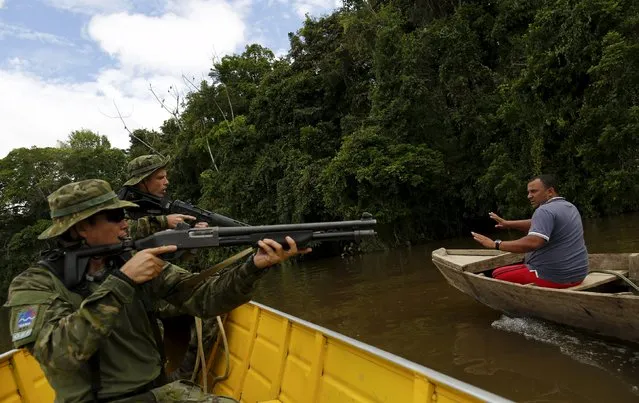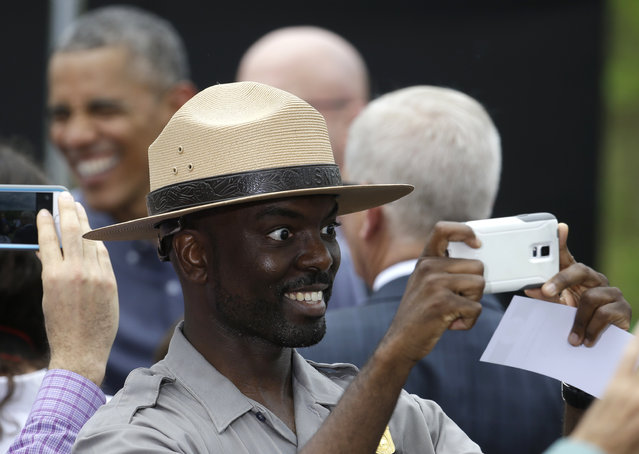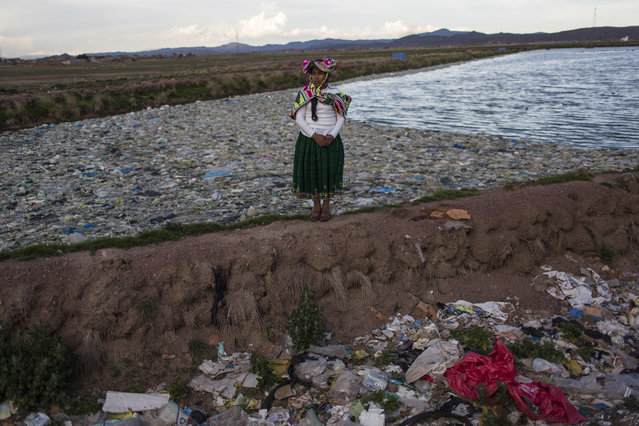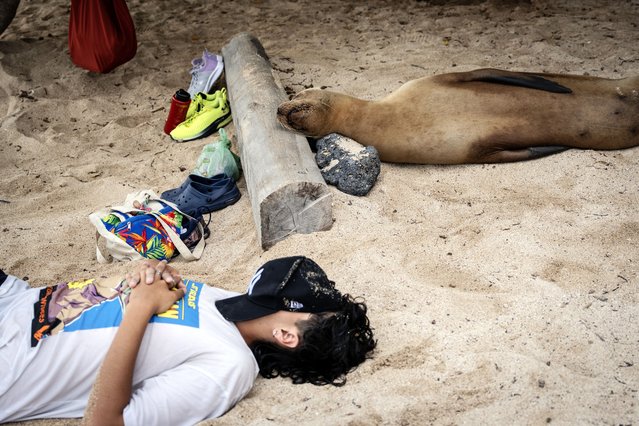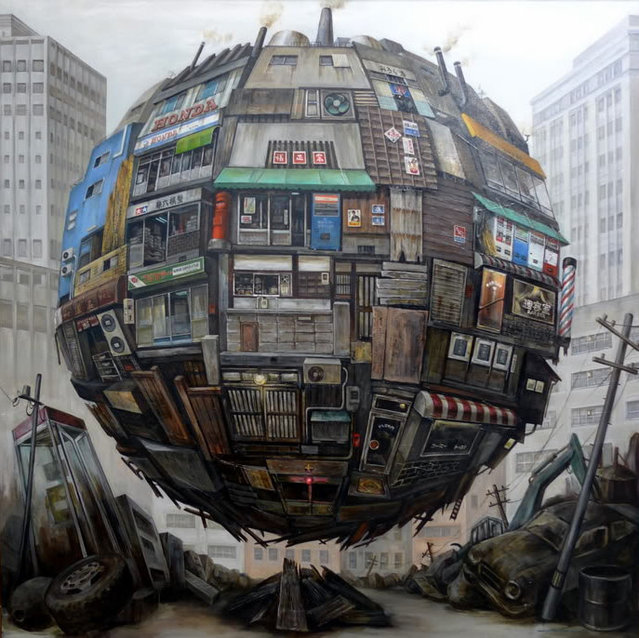
Masakatsu Sashie is a Japanese painter, born in 1974 in Kanazawa. His paintings of spherical structures floating above rubble on the streets, envision a future where environmental disasters have made the cities depicted uninhabitable. While he has been painting since 1999, his work caught more national intention in 2005 at the Geisai art show.
20 Aug 2013 11:19:00,post received
0 comments

